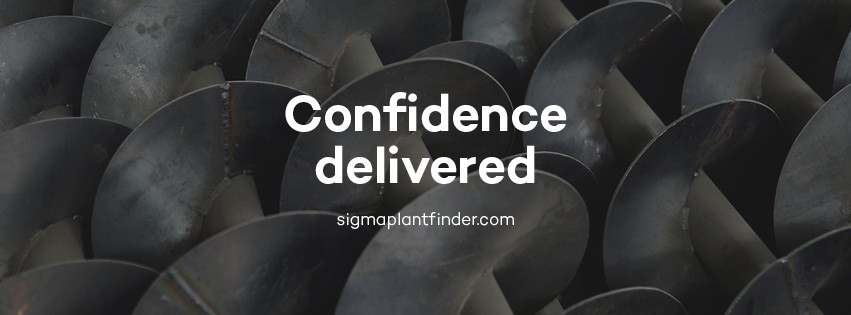
Rotary Bored Piling is conducted through Large Diameter Piling (LDP) rigs that deliver higher power (torque) in comparison to CFA rigs and are more agile and capable of clearing underground obstacles quickly. Contractors can easily adjust the cutting or digging tools and the auger type to better fit soil conditions. Rotary Bored Piling offers a higher load capacity and can be deployed at a much greater depth.
- Suitable for almost all soil types, including rock drilling.
- Attainable depth up to 60 meters with encasing and tool diameters up to 1.8 meters
- Minimum ground disruption and vibration, reducing the risk to adjacent structures and properties.
- Quick and effective method of installation
- Ability to build sockets into the rock underneath
- Available in larger diameters
- Can be applied to extended depths in comparison to other piling techniques available.
When to use Rotary Bored Piling
Rotary Bored Piling technique can be used in almost all soil conditions— ranging from soft ground protected by provisional encasing to high grade, very hard rock cored into open-hole.
Bored piles are often large in diameter in comparison to traditional continuous flight auger (CFA) piles.
They are used to accommodate higher loads, bypass underground impediments and infiltrate the ground too hard to drill using a CFA or to build stacks with a cut-off level below the platform level. In order to facilitate top-down construction, plunge columns can also be mounted in a pile. Compared to other piling strategies.
How Rotary Bored Piling works
Rotary bored piles are built by rotating an encasing into the field to support weak or granular soil, drilling tools such as augers and buckets are used to excavate the soils to form an open hole to the required depth. Once the bore has been thoroughly cleaned to desired depth, the pile of concrete is dispensed into the bore and the casing is removed leaving the finished pile. Where unstable ground conditions are present (commonly within made ground and in granular layers) a steel casing is used to provide temporary support and then withdrawn further along the process. This casing is either screwed in using the rig or vibrated into place. A reinforcing cage is then installed into the open bore and concrete is poured via a delivery tube or tremie.
